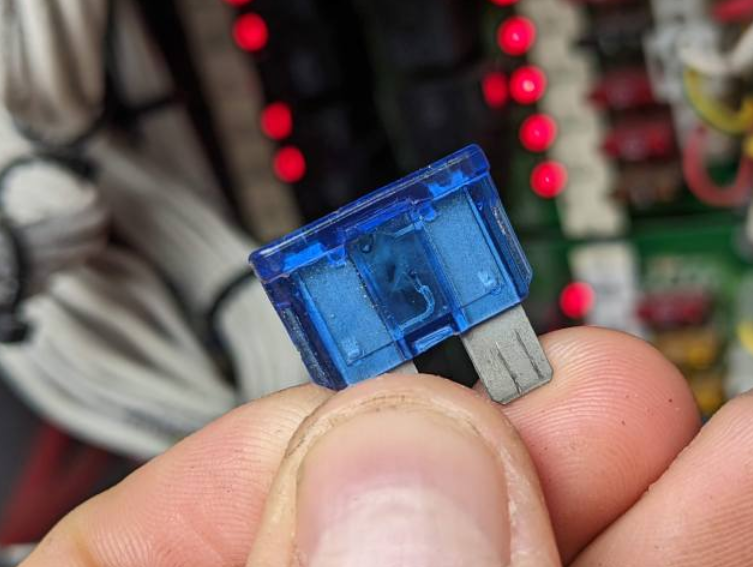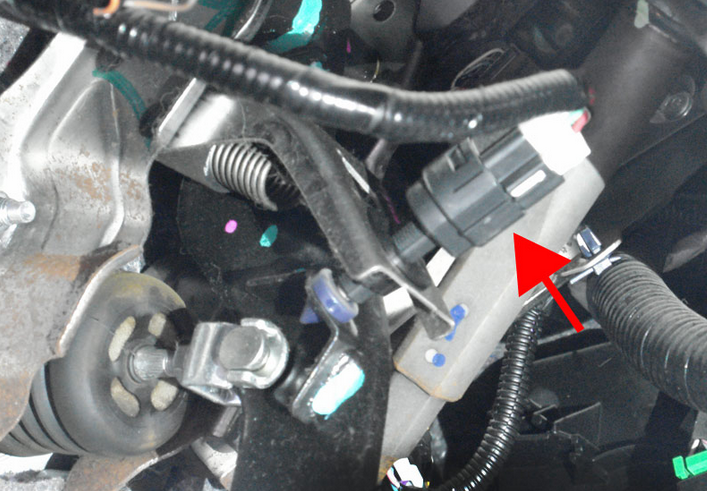How to Fix Brake Light Failure on a Porsche 911: A Complete DIY Guide
Last Updated on 2026-01-11
If your Porsche 911's brake lights aren't working, you really shouldn't ignore it. Besides getting you pulled over and possibly fined, brake lights are a key part of staying safe out there. Other drivers rely on them to know when you're slowing down, and without them, you’re asking for trouble. Fixing it isn't rocket science though — especially if you’re willing to roll up your sleeves and follow some basic steps.
Before You Begin: Understanding the Brake Light System
First thing you want to understand is how simple the brake light setup really is. On your 911, it basically boils down to the bulbs, the fuses, the brake light switch, and the wiring that holds it all together. Any one of these can fail and cause your lights to quit, but usually, it's something simple first, so don’t panic.
The system isn't overly complicated, but if you know how it works, you can fix things way faster without wasting hours guessing. Bulbs light up when you press the brake pedal, the switch sends the signal, the wiring carries the juice, and the fuse keeps it all from frying. That's the whole deal.
Step-by-Step Guide to Fixing Your Brake Lights
Preliminary Checks

Whenever someone comes to me with this problem, I always start by looking at the obvious stuff. Grab a flashlight, pop the rear lights out, and take a good look at the bulbs. If they're blackened or cloudy inside, they're toast. Even if they look alright, it’s sometimes worth swapping them out anyway, especially if they’re old. Bulbs are cheap compared to a ticket or an accident.
Next thing I always check is the fuse. Porsche usually hides the fuse panel under the front trunk, and for brake lights, it’s often fuse number 8 — but man, don’t just guess. Always double-check your model’s manual because Porsche likes to mix things up between model years. If the fuse is blown, replace it with one that has the same rating. Never jam a bigger fuse in there because you can fry your wiring harness if something’s really wrong.
If your bulbs and fuses are fine but the brake lights still aren’t doing their thing, it might be time to look deeper. Oh, and by the way, if you’re not sure what bulbs you need for your 911, it depends a lot on what year it is. The older 996s and early 997s mostly use standard P21W bulbs. The newer 991s and 992s switched over to fancy LED modules, and those aren’t as simple to swap — sometimes you’re replacing a whole light assembly.
Inspecting the Brake Light Switch(es)

If your basic checks didn’t solve it, the brake light switch is your next stop. Depending on the model you have, the switch is either tucked up near the brake pedal (mechanical switch) or screwed onto the master cylinder if it’s hydraulic.
You want to crawl down there and give it a good visual inspection. Look for anything loose, cracked, or just hanging weird. If it looks fine, it's time to test it properly. Get yourself a cheap test light or a multimeter. See if there’s power coming into the switch and check if it sends power out when you press the brake pedal. If there’s nothing coming out, your switch is dead and needs replacing.
Changing the switch isn’t too bad. Most of the time it's plug-and-play, just make sure you adjust it so the brake lights come on right when you touch the pedal — not only when you stomp on it hard.
Some Porsche models even have two brake switches — a main and a backup — so if you’re replacing one, sometimes it’s smart to replace both and not wait for the second one to fail.
3. Ground Connection Check

Ground Connection Check
One thing that trips a lot of people up is bad ground connections. Even if your switch and bulbs are fine, a bad ground can make your lights act totally nuts — dim, flickering, or completely dead.
You’ll want to check the ground points near the tail lights and along the wiring harness. Look for corrosion, dirt, or anything loose. Clean it up with a wire brush or some sandpaper and smear on a little dielectric grease so it stays clean for the long haul.
If you skip this step, you can chase your tail thinking you have a switch or wiring problem when it's just a cruddy ground messing everything up.
Additional Tips
Now, if you’ve got one of the models with a hydraulic brake light switch and you’ve been working on your brakes recently, keep in mind that air bubbles in the system can screw everything up. Air means less pressure, and less pressure might mean the switch doesn’t activate when you tap the brakes. A good bleed job on the brake system can sometimes fix the issue without even touching the switch.
Also, if you’ve got some weird behavior and everything else looks fine, don’t forget to check the wiring harnesses themselves. The older 996s, in particular, are known for brittle wires, especially around places that flex like the trunk hinges. If you find cracked or broken wires, fix them properly — solder and heat shrink beats electrical tape every time.
And if you’re working on a newer model with fancy LED tail lights, just know that sometimes the whole assembly has to be replaced if the circuit board inside goes bad. It’s not the greatest news, but at least you’ll know what you’re dealing with.
Testing
Once you think you’ve sorted everything out, you gotta test it properly. Have someone sit in the car and hit the brake pedal while you watch the rear end.
You’re looking for all the brake lights to fire up instantly and glow bright and steady. No flickering, no hesitation. If you can’t rope someone into helping, you can back the car up against a wall or garage door at night — that way you can see the reflection yourself without leaving the driver’s seat.
Make sure you test it with just a light tap on the pedal and also with a full hard press. Both should light those suckers up like a Christmas tree.
Final Thoughts
Fixing brake light problems on a Porsche 911 really isn't that scary when you break it down into steps. Most of the time, it’s either the bulbs, a fuse, a bad switch, or a crusty ground. Wiring problems pop up too, but not as often unless the car's been through some rough times.
The important thing is to take it step-by-step and not skip the basics. If you jump straight into the wiring without even checking the bulbs or the fuses, you’re making it harder than it needs to be.
And remember, keeping your brake lights working isn’t just about staying legal. It’s about making sure the guy tailgating you knows when you’re slowing down. You own one of the best sports cars ever built — don’t let something as simple as a dead brake light ruin your day.